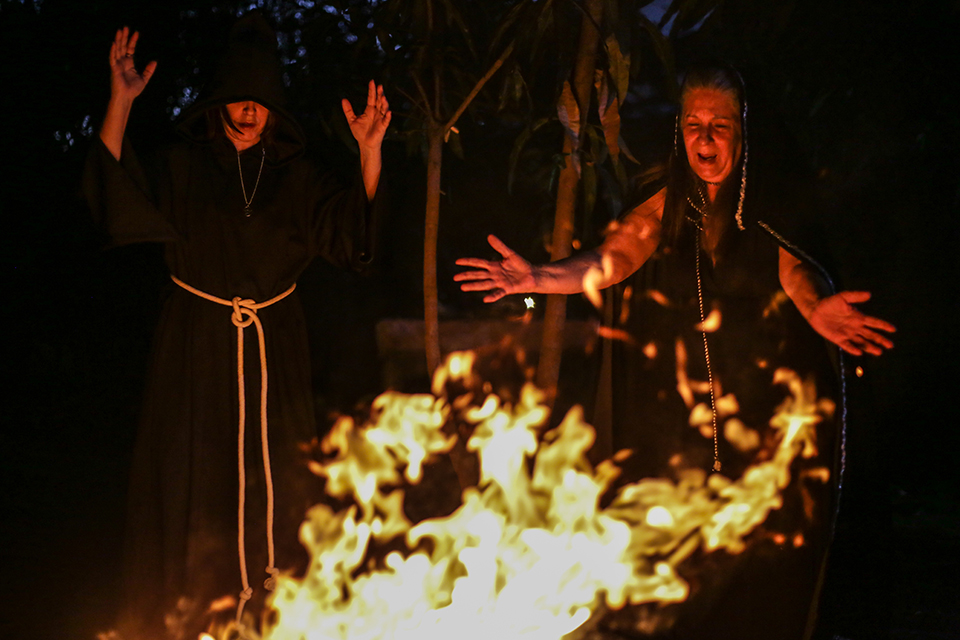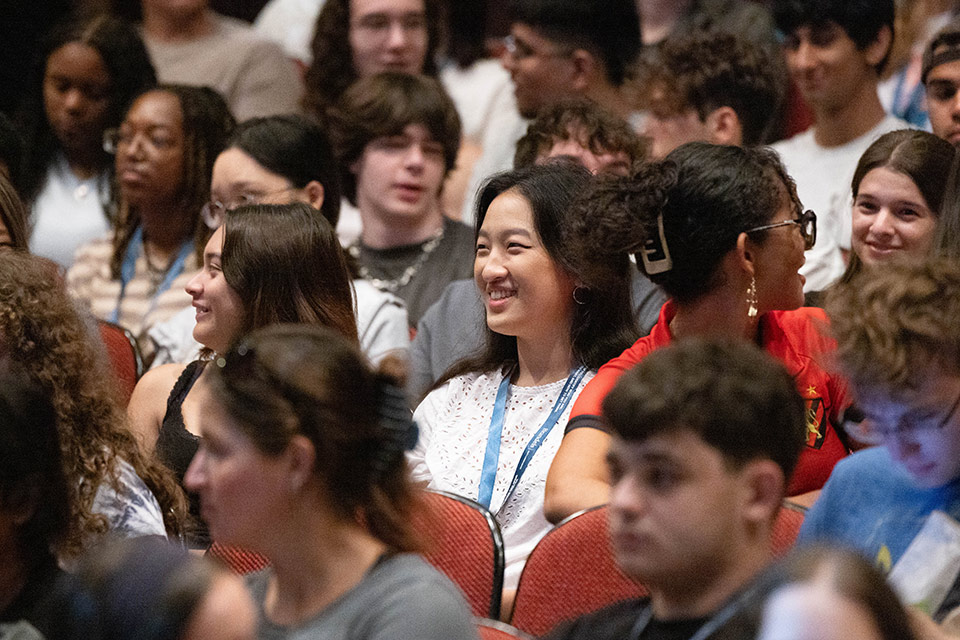Modern witchcraft: Empowerment, feminism, and rituals

Photo Credit: Getty Images
By Kennedy Ryan
October 26, 2023
Witches are often depicted as villains in fairy tales, or exercisers of the satanic occult in scary movies. But for practitioners of modern witchcraft, it is spiritual, empowering, and magical.
Professor Helen A. Berger, a Scholar at Brandeis University's Women's Studies Research Center, has been researching modern witchcraft for decades.
“Witchcraft is the activity of practicing magic. There is usually a spiritual component, but there’s a misconception that it is always associated with a religion,” said Berger. “There are religions that follow a set of rituals and holidays, such as Wicca and types of Paganism, but witches aren’t always religious.”
Berger took some time to explain her path to researching witchcraft, the modern reclaiming of the practice, and its connections to feminist movements.
What sparked your interest in researching witchcraft?
This research came to get me, more than I came to the topic. My research originally focused on historical witchcraft, with my dissertation on the witch trials of the early modern period in England.
In 1986, after years of research, I received a call from the Boston Public Library, asking me to give a series of lectures on witchcraft as part of the Learning Library Program through the National Endowment for the Humanities. I chose four topics on aspects of the historic trials, but decided the final lecture would be on modern witchcraft. I had very little knowledge on the topic at that time, but a friend of mine recommended I give it a try.
There was almost no research on this topic and It was difficult to contact modern witches, as many were in the ‘broom closet’ at the time and weren’t willing to share their stories. During the last session, however, I found that a much younger group arrived for the modern witchcraft talk.
When a member of the audience asked if there were any practicing witches in the room, many raised their hands. This was a lightbulb moment. I spoke with a group of people who had raised their hands after my talk, making plans to interview each of them. One couple was starting a Wiccan coven (a group or gathering of witches who meet regularly) and they invited me to join as a researcher. I dropped everything to pick up this topic.
The whole thing felt a little absurd to do because I didn’t have tenure, but I did it. I don’t have regrets because it is a great topic for me. I was able to help create a new subfield. I feel like I’ve made a real difference.
What does it mean to be a practicing modern Wiccan? What are their basic beliefs and rituals?
Wicca is less a religion of belief than of experience and rituals. There are eight major holidays throughout the year, each normally marked by a ritual. They commemorate the beginning and height of each season. Right now what is considered the most important holiday by most Wiccans, Samhain is about to occur on October 31st, yes, on Halloween. At Samhain, the veil between the worlds of the living and dead is believed to be the thinnest, making it possible to contact one’s ancestors and deceased loved ones.
The holiday celebrates death as a necessary part of the natural cycle. Rituals celebrating this season encourage people to mourn those who have passed, to reflect on their own ultimate death, and to think of those things they want to “die”, that is, end in their lives, such as bad habits or a bad relationship. In the spring new birth and new beginnings are celebrated in nature and in people’s lives. Each season brings a different set of changes to be commemorated.
Witches in literature and pop-culture have been predominantly depicted as female-identifying. Why is this?
Most of the witches in the Wiccan religion are women. Historically, during the witch trials in Europe and in the American colonies, most of those accused of witchcraft were also women. The Hammer of Witches (a 1487 publication that shares instructions for persecuting witches) justified this by stating that women were more likely to be the target of the devil because they were weaker, both spiritually and emotionally. Fairy tales reflect this image in their portrayal of witches.
Internationally, men seem to be seen as sorcerers or Shamans, using magical power to help the community, while women are connected to witchcraft in a negative way. Now, particularly in first world nations, there is a positive connection to empowering women, but, historically and still internationally, witches were and at times are viewed as evil doers. Most of this just comes down to sexism.
When did the term ‘witch’ shift to become empowering?
Witchcraft is not inherently feminist. Witchcraft, as it is seen and talked about in large parts of Africa and Asia, is not feminist. The reasons women were killed in historical witch trials are complex, but they were not part of a feminist movement.
Today, however, for some, Witchcraft is part of their feminism or “girl-power.” We first saw this in the 1960’s and 70’s during the Women’s Movement. Mary Daly was one of the first feminists to reclaim the word. She was very important in this, but not the only one doing so. It’s the notion that these words that have been used against women were taken back in and refashioned into something that we could use that would be positive.
“It’s the notion that these words that have been used against women were taken back in and refashioned into something that we could use that would be positive.”
Professor Helen A. Berger
What are some moments in history that witches have made an impact on?
One organization, W.I.T.C.H, or Women’s International Terrorist Conspiracy from Hell, (also referred to as "Women Inspired to Tell their Collective History"), was established in the 1960s. They were a fabulous group of feminist, anti-war women. They were doing a lot of things in which they were bringing out the word 'witch.’ They weren’t practicing Wiccans, but doing political theater in terms of the antiwar movement, civil rights movement, and, to some degree, the Women’s Movement.
Following Richard Nixon’s invasion of Cambodia in 1970, the organization publicly put a hex on the president. In more recent events, some witches were putting a binding charm (to stop some of his behaviors) on Donald Trump when he was president. In return, some Evangelicals who supported Trump were spiritually attempting to stop the witches. There were, if not exactly curses, spells flying back and forth. It was really a phenomenal period.
As modern society evolves and social media becomes a focal point, how are you seeing the next generation of feminists connect to witchcraft?
It’s already happening through TikTok. There are research articles that discuss TikTok witches. We saw this pick up in practice during the pandemic.
This generation is very individualized and the focus is more on self development. Most of them are young, with ages ranging from 14-16. Psychologists would say that is the point in your life that you are developing who you are and becoming your own person. For centuries, women have been told to focus on families. Focusing on the self is a radical act. It’s empowering.
What are you currently researching? How does it relate to your past focuses?
I am currently working on two projects. One, is about Pagans who are part of the far-right. As most Pagans are progressive or middle of the road politically, this group is something of an anomaly. The other project is the interfaith work that Pagans are currently doing.


